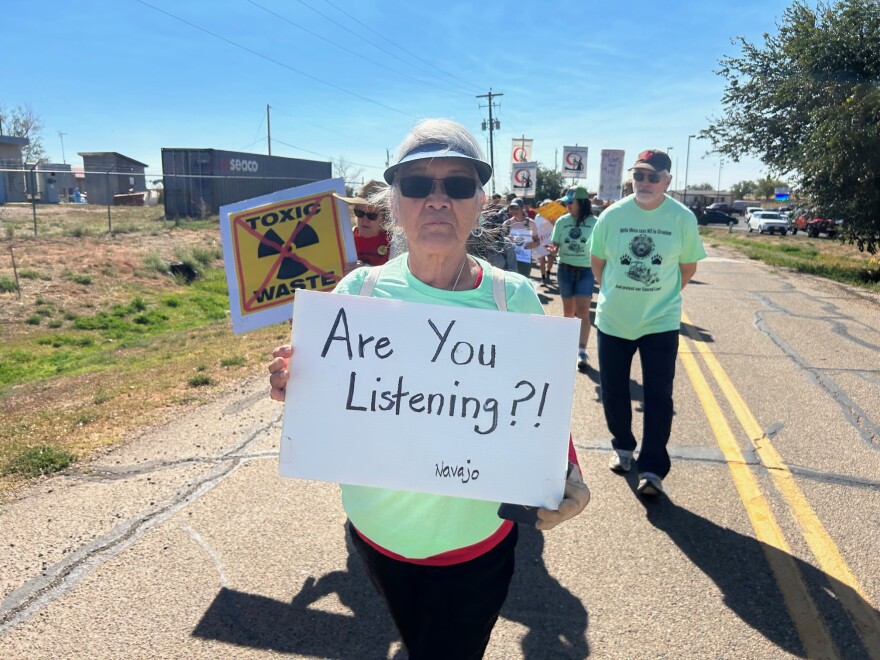The first conventional uranium mining done in the U.S. in eight years is underway at three mines in Utah and Arizona.
Energy Fuels Resources says that it plans to stockpile and eventually process the uranium at its White Mesa mill facility in southeastern Utah, the last of its kind still operating in the U.S.
Scott Clow is the environmental programs director for the Ute Mountain Ute Tribe, which is located near the White Mesa mill.
Clow says he and the tribe oppose the increase in uranium production, citing the potential for a rise in air pollution for tribal residents living near the mill.
He’s also concerned about the ongoing contamination of groundwater.
“They continue to not acknowledge the legacy of pollution and harm that this industry has done to Native Americans, especially around the Four Corners,” Clow said.
Energy Fuels said high market prices for uranium combined with helpful government policies and the high demand for fuel for nuclear power plants also led to the decision to increase mining.
Domestic uranium mining has been largely dormant for the last eight years. Until recently, U.S. nuclear plants have relied on Russia for much of their fuel.
Energy Fuels plans to begin mining uranium at two more mines in Colorado and Wyoming in the next year.
This winter, Clow says the tribe hopes that a Utah regulatory agency won’t renew the uranium mill’s application for a groundwater discharge permit.
Editor's Note: The Utah Division of Waste Management and Radiation Control and Energy Fuels both say that the source of the groundwater contamination is not from the mill.
In 1999, samples were collected that indicated a plume of chloroform was present in the groundwater table underneath the mill facility, which is located on top of multiple plumes of groundwater that have been contaminated with heavy metals like uranium and other pollutants.




